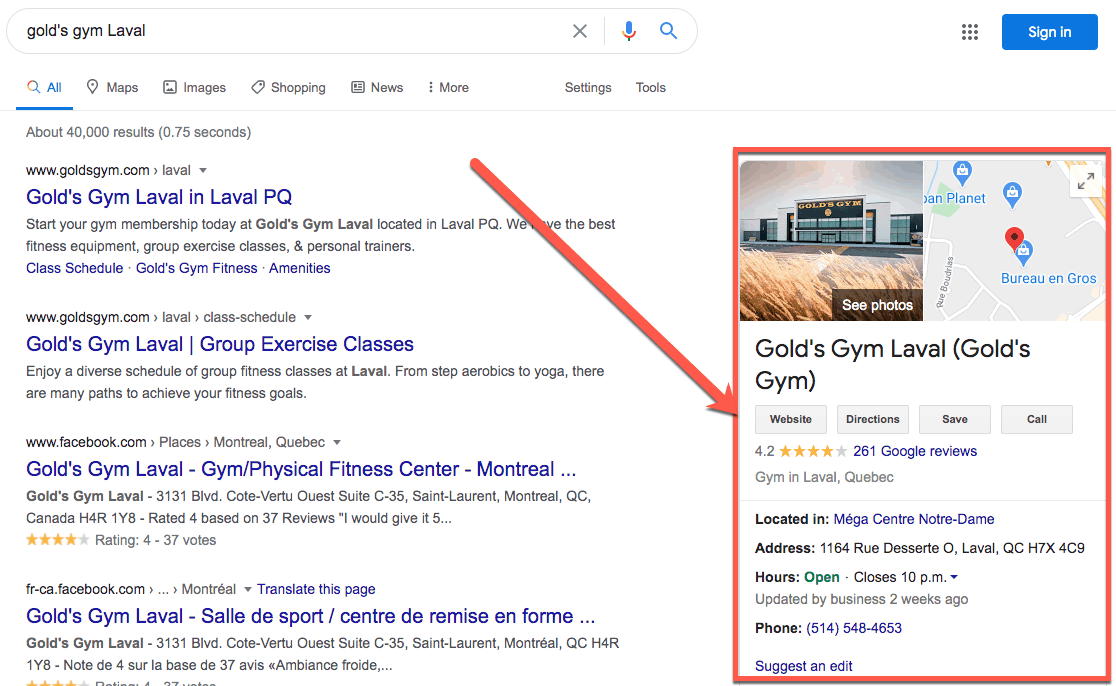Unlock the secrets of SEO for Google with our step-by-step guide. Learn proven strategies to boost your rankings and drive targeted traffic.
Search Engine Optimization (SEO) is a critical component of any successful digital marketing strategy. With Google being the most popular search engine, optimizing for its algorithms is a must for any website owner or marketer. This article aims to provide a comprehensive guide on how to SEO for Google, covering everything from keyword research to technical SEO and beyond.
Table of Contents
- Understanding Google’s Algorithm
- Keyword Research
- On-Page SEO
- Off-Page SEO
- Technical SEO
- Local SEO
- Mobile SEO
- Content Marketing
- Tracking and Analytics
- Future-Proofing Your SEO Strategy
1. Understanding Google’s Algorithm
Before diving into the nitty-gritty of SEO, it’s crucial to understand how Google’s algorithm works. Google uses a complex set of algorithms to rank websites based on relevance, authority, and user experience. While the exact algorithm is a closely guarded secret, Google has shared some factors that influence rankings:
- Relevance of content
- Quality of backlinks
- Mobile-friendliness
- Page speed
- User experience signals (e.g., click-through rate, time on site)
Understanding these factors will help you tailor your SEO strategy more effectively.
2. Keyword Research
Keyword research is the cornerstone of any SEO strategy. Here’s how to do it:
- Identify Your Niche: Understand your target audience and what they are searching for.
- Use Keyword Tools: Utilize tools like Google Keyword Planner, SEMrush, or Ahrefs to find relevant keywords.
- Analyze Competition: Look at the top-ranking pages for your target keywords to understand the competition.
- Long-Tail Keywords: Don’t ignore long-tail keywords, which are longer and more specific. They often have lower competition and higher conversion rates.
3. On-Page SEO for Google
On-Page SEO refers to optimizing individual web pages to rank higher in search engines. Here are some key elements:
Title Tags
The title tag is the clickable headline that appears in search results. Make sure it includes your target keyword and is under 60 characters.
Meta Descriptions
This is the short snippet that appears below the title in search results. While it doesn’t directly influence rankings, a compelling meta description can improve click-through rates.
Header Tags
Use header tags (H1, H2, H3, etc.) to structure your content. Include your target keyword in at least the H1 tag.
Content Quality
Your content should be original, well-researched, and provide value to the reader. Google’s algorithm prioritizes high-quality content.
Internal Linking
Link to other relevant pages on your website to help users navigate and to distribute page authority throughout your site.
4. Off-Page SEO
Off-Page SEO involves activities that occur outside your website but affect your rankings. The most crucial factor here is backlinks.
Quality Over Quantity
A few high-quality backlinks from authoritative websites are more valuable than numerous low-quality links.
Guest Posting
Writing articles for other websites in your industry can be an effective way to gain high-quality backlinks.
Social Signals
While the impact of social signals (likes, shares) on SEO is debatable, there’s no harm in building a strong social media presence.
5. Technical SEO
Technical SEO involves optimizing your website’s backend to improve rankings. Key aspects include:
Site Speed
Slow-loading websites offer poor user experiences and are penalized by Google. Use tools like Google PageSpeed Insights to analyze your site’s speed.
Mobile Optimization
With mobile searches overtaking desktop, it’s crucial to have a mobile-friendly website.
XML Sitemaps
Submit an XML sitemap to Google Search Console to help search engines better crawl and index your website.
HTTPS
Google gives a slight ranking boost to secure websites (those starting with HTTPS).
6. Local SEO
If you have a local business, Local SEO is crucial. Make sure to claim your Google My Business listing and keep it updated.

7. Mobile SEO
As mentioned earlier, mobile optimization is crucial. Google uses mobile-first indexing, meaning it primarily uses the mobile version of a site for ranking and indexing.
8. Content Marketing
Content is king. Regularly update your blog with valuable content that targets long-tail keywords and solves problems for your audience.
9. Tracking and Analytics
Use tools like Google Analytics and Google Search Console to track your performance. Monitor metrics like organic traffic, bounce rate, and conversion rate to measure the success of your SEO efforts.
10. Future-Proofing Your SEO Strategy
SEO is an ever-evolving field. Stay updated with Google’s algorithm changes and be prepared to adapt your strategy accordingly.
Conclusion
SEO for Google is a multifaceted approach that involves various elements like keyword research, on-page and off-page SEO, technical aspects, and more. By understanding Google’s algorithm and applying best practices consistently, you can significantly improve your website’s visibility and ranking.
Remember, SEO is a long-term investment. It may take time to see significant results, but the payoff is well worth the effort.